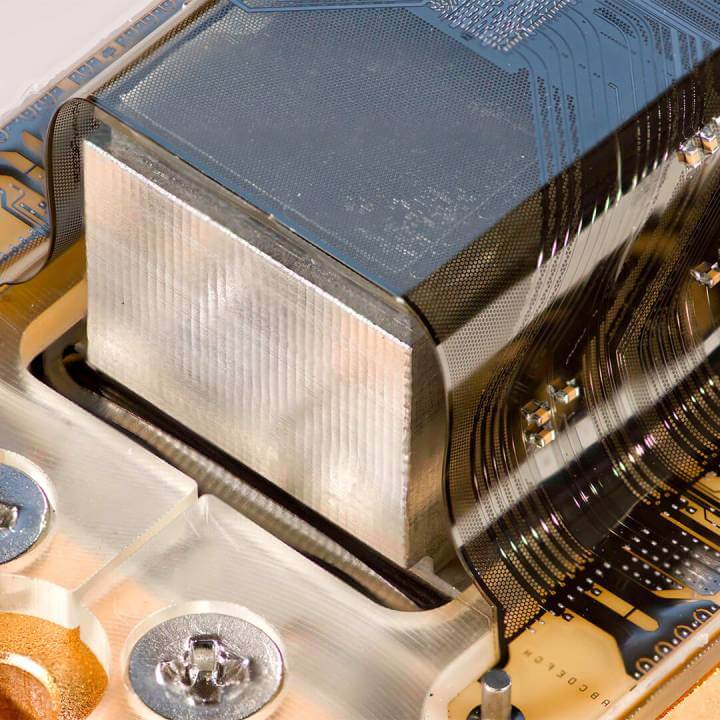The growth in AI (such as ChatGPT and BING AI) is requiring large investments into the expansion of data centers, driving higher and higher data rates in IO devices. In order to reach these data rates, wafer test is moving to bandwidth > 60 GHz. That said there are some challenges with high-speed wafer test, including considerations related to probe aging. In his COMPASS presentation, Pratik Ghate, Ph.D., Principal RF Engineer at FormFactor, discussed Pyramid Probes, RF calibration, and probe aging considerations in high-volume manufacturing for high-speed IO devices.
By examining market trends, we can gain insight into the direction of market demands. A key innovation propelling technological advancements originates from the expansion of AI (Artificial Intelligence) and NLP (Natural Language Processing). The surge in AI and NLP is catalyzing the need for higher data rates. Platforms such as ChatGPT and Bing AI, which leverage extensive data models for real-time interaction, data gathering, and edge computing, exemplify this trend. To support the functionality of these intricate models, data transfer speeds must escalate in tandem with the growing size of the models.
The escalation in data rates is influenced not only by the rise of user-interactive platforms such as ChatGPT and Bing AI but also by the expanding bandwidth requirements of data centers. This increase in data rates is fueled by a variety of elements, including the deployment of 5G and future network technologies, applications that demand substantial bandwidth, and a significant impact on the volumes of data being processed and valued.
This all necessitates improving the precision of RF measurements. In his presentation, Pratik explores a series of questions related to achieving the highest accuracy in RF measurements and wafer-level testing. Typically, the initial step in wafer-level testing involves calibrating the probe head, utilizing cable calibration techniques offered by Keysight. To accurately calibrate the probe head, we employ a standard calibration substrate known as ISS, which stands for Impulse Stabilized Substrate. Following this calibration, the subsequent step involves adjusting the ERF for error correction, employing thru-reflect-line calibration methods.
Pratik concludes on three considerations. One, Pyramid Probes are essential for high-speed wafer test. Two, RF calibration is essential for accurate measurements. And finally, three, probe aging can affect measurements over time.
To watch Pratik’s presentation on-demand, visit the COMPASS page.
